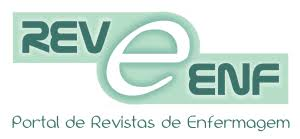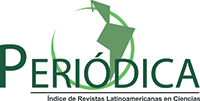Nursing diagnoses and actions to chronically-ill patients under home care
DOI:
https://doi.org/10.5380/ce.v10i3.5378Keywords:
Família, Diagnóstico de enfermagem, Intervenção de enfermagem, Doenças crônicas, Family, Nurse diagnosis, Nurse treatment, Familia, Diagnóstico de enfermería, Intervenciones de enfermería, Enfermedad crónicaAbstract
This is a descriptive exploratory study which had the objective of identifying diagnoses to a specific population and select interventions for the most frequent ones. Data were collected from four families health history who have had chronically-ill members assisted during 2003 by professionals and undergraduates, under HUM ( Home care and support for families with chronically-ill patients) in Southern Brazil communities. Most of the families were the nuclear type and all the members were elders. In order to define the diagnosis the taxonomic NANDA II was used. The most frequently identified diagnoses were: inadequate control of the therapeutic regimen, potential risk of metabolic complications, damaged skin integrity, impaired mobility which resulted in nursing treatment based on pertaining literature. The suggested interventions were related to food diet, physical exercises and proper medicine use. The diagnoses evidenced the need to develop self-care strategies and actions to put forth effective care rendering to individuals and their families.
Downloads
How to Cite
Issue
Section
License
Cogitare Enfermagem reserves the right to make normative, orthographic, and grammatical changes to the published article to maintain the cultured standard of the language, while respecting the authors' style.
The published study is the sole responsibility of the author(s), and Cogitare Enfermagem is exclusively responsible for evaluating the manuscript as a scientific publication vehicle. Revista Cogitare Enfermagem is not responsible for any violations of Law No. 9,610/1998, the Brazilian Copyright Law.
Cogitare Enfermagem allows the author to hold the copyright of articles accepted for publication, without restrictions.
The articles published are licensed under the Creative Commons license CC BY 4.0 Creative Commons - Attribution 4.0 International - CC BY 4.0 - The attribution adopted by Cogitare Enfermagem is permitted:
- Share - copy and redistribute the material in any media or format.
- Adapt - remix, transform and build upon the material for any purpose, even commercially.
- Attribution - You must give proper credit, provide a link to the license, and indicate if changes have been made. You may do this in any reasonable way, but not in a way that suggests that the licensor endorses it or approves of its use.
- No additional restrictions - You may not apply legal terms or technological measures that legally restrict others from doing something that the license allows.



















